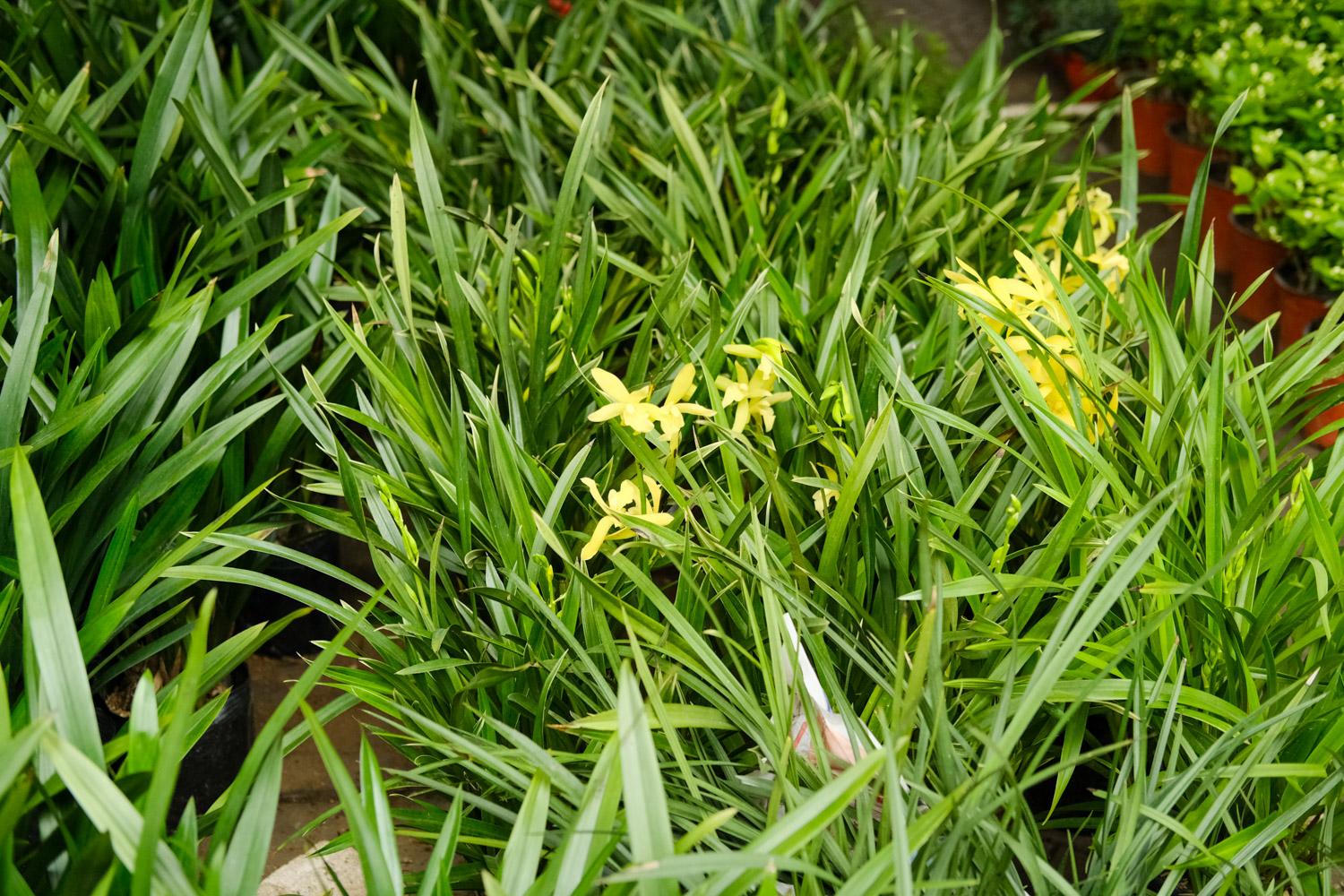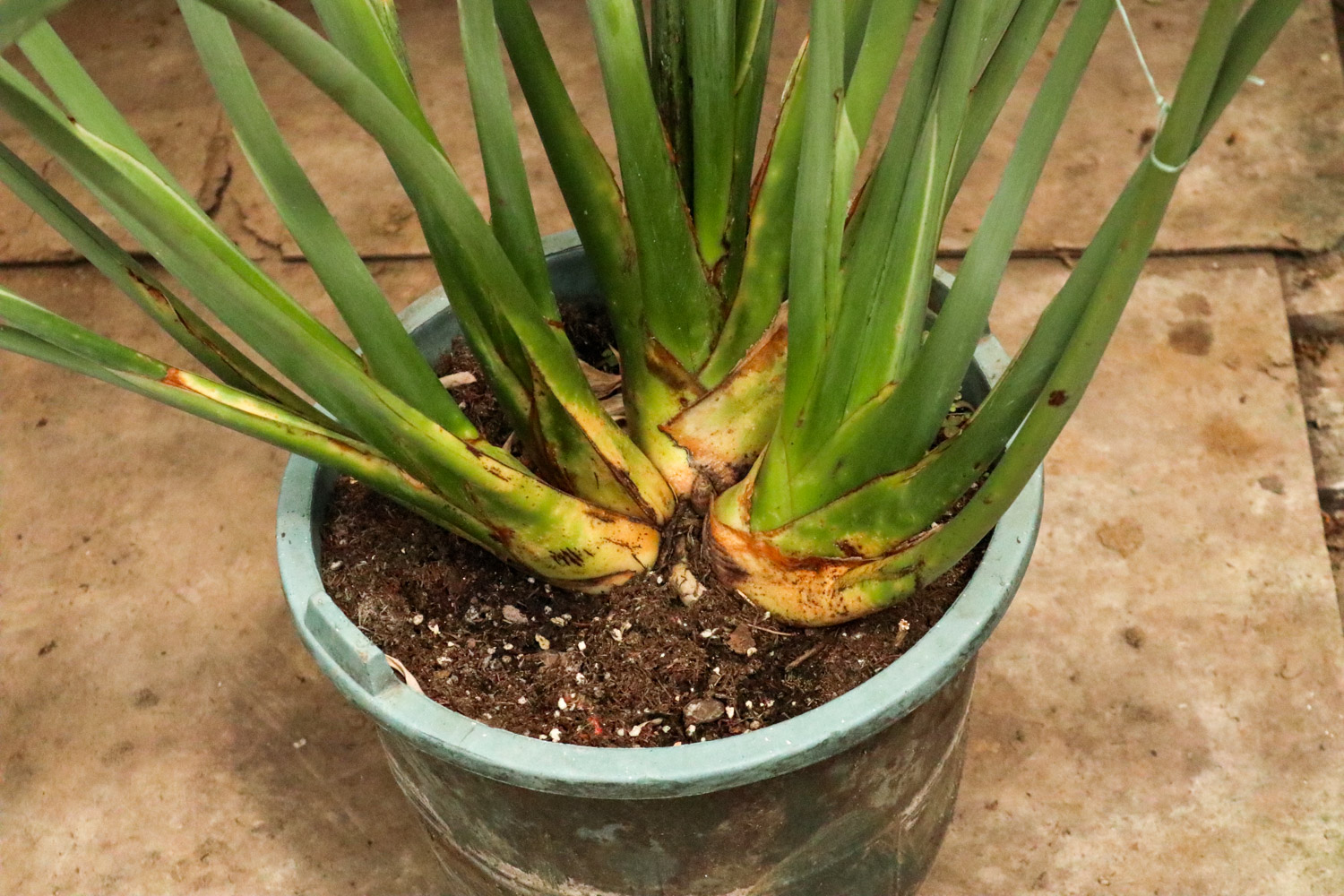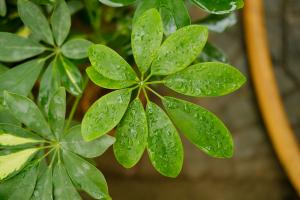1. Matrix selection
The substrate of cultured orchids needs to be loose, breathable and contain certain nutrients. It can be prepared with coarse-grained phytolith, volcanic stone and bark. Pay attention to disinfection before use. In addition, in order to improve moisture retention, a layer of moss can also be laid on the substrate

2. Placement position
When cultivating orchids in the courtyard, choose a good location. Orchids generally like a well ventilated environment and don't like strong light. Therefore, it is best to put it in a well ventilated semi shade, which can be illuminated by a certain amount of scattered light
3. Suitable moisture
Orchids don't like water very much. When watering normally, pay attention to controlling the amount of water and don't pour too much. When some dryness is observed on the surface of the pot soil of the plant, it can be watered. In addition, you can also spray water around it with a watering can, which can improve the air humidity

4. Suitable temperature
The temperature suitable for orchid growth is between 10 and 25 degrees, and there should be a certain temperature difference between day and night, which can make it hoard nutrients and help it bloom better. It is not resistant to cold or high temperature. Therefore, it should be shaded and cooled when it is hot in summer. When it is too cold in winter, it should not be left outdoors. It needs to be moved into a warm room for maintenance
5. Appropriate amount of fertilizer
Orchids don't like fertilizer, but they also need to apply certain fertilizer to provide nutrients for their growth. During the plant growth period, phosphorus and potassium fertilizer can be mainly applied, and the special fertilizer of orchid can also be used, which should not be too thick


 how many times do yo...
how many times do yo... how many planted tre...
how many planted tre... how many pine trees ...
how many pine trees ... how many pecan trees...
how many pecan trees... how many plants comp...
how many plants comp... how many plants can ...
how many plants can ... how many plants and ...
how many plants and ... how many pepper plan...
how many pepper plan...





























